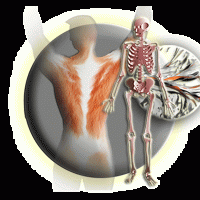Myofascial Release (MFR) differs from other forms of bodywork by finding and effectively treating the source of fascial pain and dysfunction. Other forms of bodywork may address the skeletal structure (which is encased by fascia) or stretch elastic fibers (which make up only 1/3 of the total myofascial complex) to gain range of motion but neither of these approaches comprehensively addresses the fascia or fascial restrictions and usually heed only temporary results.
What Makes MFR Different?

Though clients often experience a great sense of relaxation after a session, MFR is not the same as “relaxation massage” and is designed to offer long-term results.
Myofascial Release can be considered “deep tissue work” but it should not be compared to “Deep tissue massage” as this is a very different approach. MFR allows the therapist to melt into the layers of fascia and musculature by utilizing techniques that do not merely use more pressure. Using too much pressure can actually cause more pain and resistance in the recipient’s body. The MFR technique is a sustained pressure into a restriction allowing enough time for holding patterns in the body to release their protective “hold”.
Since every being is different and has had different patterns of strain and injury and since every client is unique, no two MFR sessions are alike. Therefore a one-size-fits-all, choreographed or protocol-based therapy does not fully address the fascial system. Instead, an individualized and intuitive client-based approach most effectively addresses many of the issues that can keep the client functioning at a higher more integrated level.
